"But I don't want to clean up!" This phrase is familiar to most parents of young children. With a Montessori approach, you can respond to this situation with love while still achieving a positive outcome. A Montessori parenting approach can help you navigate the pleasant and not-so-pleasant aspects of parenting.
Going beyond an approach to communication, Montessori parenting is a philosophy. Montessori is a way of life that permeates into all aspects of your home. As a former Montessori teacher, the philosophy has had an immeasurable impact on how I parent my three children. Read on to learn how you can also use Montessori in your home to build a closer, more positive relationship with your child.
What is Montessori at Home?
Montessori at home brings the methods of Maria Montessori into the home environment. Typically, people associate Montessori with school environments or homeschooling. Yet, you can also use the philosophy in your approach to parenting. Montessori includes a broad approach that goes beyond academics.
Dr. Maria Montessori created the Montessori method in Italy in the early 1900s. Originally a medical doctor, Montessori became interested in education when working with special needs children. Soon, she created a school and curriculum in which children flourished. Under her care, children learned new skills and also achieved academically. However, most importantly, the children were happy.
The Montessori Parenting Style: 5 Pillars
Similar to using the Montessori method in a school, Montessori parenting includes certain features. Here are five main pillars that can help you create a Montessori home.
1. Fostering Independence
When Montessori studied child development, she discovered that the main goal for young children is to achieve independence. From the moment of birth, babies work hard to learn to communicate, crawl, and walk. Toddlers then want to "do it all by myself!"
Montessori saw this need for independence and decided to help children reach this goal. She created learning experiences focused on helping children learn practical life skills. For example, one popular activity is spooning dried grains from one bowl to another. This activity helps children build fine motor skills and learn how to eat independently.
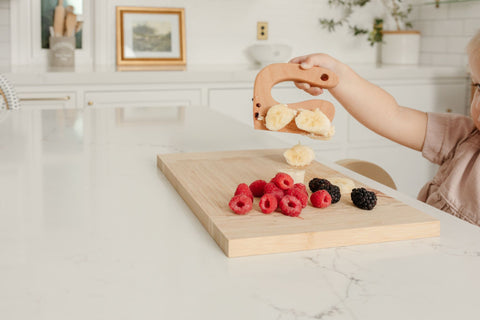
Montessori Parenting to Foster Independence
Montessori once said, “Never help a child with a task at which he feels he can succeed.” This has become an important part of my Montessori parenting. Essentially, it means standing back and observing your child more.
Instead of stepping in to help my child tie their shoes, I allow them to try. This has led to many moments of pride.
One example is when my now five-year-old zipped up his jacket for the first time. At the time, I fought the urge to help him, as he seemed to be struggling. The pride in his eyes when he was finally able to zip up the jacket is now a beautiful memory.
This doesn't mean I don't ever help my children. It simply means that I refrain from stepping in before they ask for help. When they ask for help, I'm happy to support them.
When you allow your child to put their shoes on, prepare a snack, and create art without interfering, you promote independence. Plus, independence helps your child build self-confidence and a sense of responsibility.
2. The Montessori Home: An Environment with Children in Mind
In her schools, Montessori made revolutionary changes. Back in the early 1900s, child-sized furniture did not exist. Learning environments were focused on what the teachers needed rather than what was good for children.
Montessori's programs turned this on its head by focusing on the child's needs. Montessori created a prepared environment that included child-sized furniture and engaging learning activities and materials.
In the home, you can also create an environment that meets the needs of your children. One way to do this is to make your home accessible for your child. This is also part of supporting independence.
Important Elements in a Montessori Home
Some suggestions for creating the ideal home environment for your child include:
- Add step stools or helper towers in your kitchen so that your child can make their own snacks.
- Add step stools or helper towers in the bathroom so that your child can take care of their own hygiene needs.
- Provide your child with high-quality, engaging toys such as a Pikler Triangle.
- Offer your child books on topics that interest them.
- Use a child-friendly wardrobe so that your child can dress independently.
- Provide child-sized cleaning tools such as a broom, dustpan, and mop.
With these changes, you can create an environment that meets your child's needs.

3. Following Your Child
As parents, we often misinterpret a child's behavior as naughty, when the child is simply showing an interest. For example, as toddlers, my children often insisted on pouring their own water, spilling it everywhere. The solution was to find a smaller pitcher they could better manage, allowing them to practice this fun skill.
Another common example is when toddlers throw toys in the toilet. Many adults also perceive children as mischievous when they try to cut their own hair.
Montessori believed that each child would show their interests and needs to adults if we watch them carefully. In the examples above, the toddler who wants to play in the toilet may simply want the chance to play with water. Similarly, a child who cuts their own hair may want to learn to use scissors. Children with these interests might enjoy playing at the sink or cutting paper.
Another Montessori quote says, “Respect all the reasonable forms of activity in which the child engages and try to understand them.” This is an essential part of Montessori parenting. With this phrase, Montessori encourages adults to keep an open mind.
By observing our children with curiosity, we can view our children's behavior in a new light. This perspective helps us focus on their goals and interests, and better meet their needs.
4. Building Intrinsic Motivation
Do you remember putting gold stars on a reward chart as a child? Or perhaps you remember looking to an adult for approval whenever you completed work at school or did a chore at home. These are examples of extrinsic motivation.
Intrinsic motivation means that the motivation to do something comes from within. The Montessori method encourages children to develop intrinsic motivation. In the Montessori environment, children develop a love of learning thanks to the many interesting activities. This helps children build intrinsic motivation.
Plus, the Montessori method gives children freedom. Children can choose activities and decide where to work in the classroom. This freedom helps ensure children choose activities based on their interests.
Focusing on interest helps children build intrinsic motivation. Rather than only doing something because they've been told to do it, they do it because they want to.
How to Build Intrinsic Motivation
As parents, we can help our children build intrinsic motivation. Some suggestions for building intrinsic motivation include:
- Encourage your child's natural interests. Many toddlers enjoy helping with cleaning. Allowing them to follow their natural interests helps them build a sense of satisfaction after finishing a task. This in turn spurs them to try other, new activities and tasks.
- Focus on your child's effort. For example, instead of saying "Good job" you might say, "I saw how hard you were working!"
- Focus on the benefit of your child's actions. For example, after cleaning up their toys, you might say, "Now, no one will step on your toys!". Or "Now that you cleaned off the table, someone else can use the space."
- Avoid rewards and punishments. Instead, use the natural consequences, both good and bad, to help guide your child's behavior.
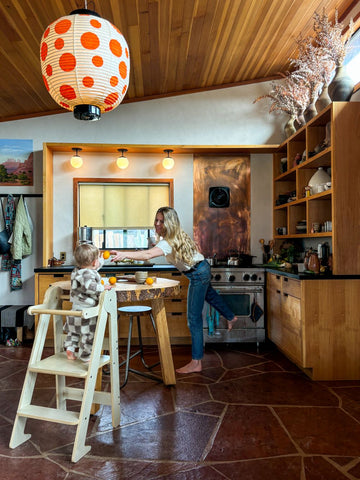
5. Montessori Discipline
As you can probably guess, Montessori didn't believe in using rewards and punishments. Yet, that doesn't mean there is no discipline in Montessori education. On the contrary, Montessori believed it was important to guide children.
Some important elements of Montessori discipline include:
The Prepared Environment
Montessori noticed that many children's behavior improves when they are busy. In the Montessori classroom, a wide range of engaging activities are available. You can recreate this in your home by providing art supplies, toys, puzzles, books, cleaning supplies, and more. Also, involve your child in cooking, baking and other household chores.
Redirection
When your child shows undesirable behavior, you can redirect your child. This means means you remind your child of the appropriate behavior. For example, your child forgets to take their plate to the sink. So, you simply remind them.
Or, perhaps your child is jumping up and down on the sofa, which isn't allowed in your house. In this case, you can redirect your child to where they can jump. You might invite them to go outside to jump or create a jumping game inside.
Gluing
Another Montessori discipline strategy is to bring your child closer to you. In the Montessori classroom, gluing means the teacher has a child sit close to her as she works with another child. Afterward, she helps the child find an activity.
In the home, that might mean you ask your child to stay with you or help with whatever you're doing. Then, in a few minutes, you can help your child find an activity to enjoy independently.
Looking for tips on tantrums? Learn about a Montessori approach to tantrums here.
Montessori Parenting Is a Journey
You can start Montessori parenting today. This respectful parenting approach is a journey that you can grow into over time. While the approach may feel a bit awkward at first, with practice, you can change how you parent your child.
Are you ready to start your Montessori parenting journey? Here are a few helpful parenting books we recommend.
Also, let us know your thoughts on Montessori parenting below!
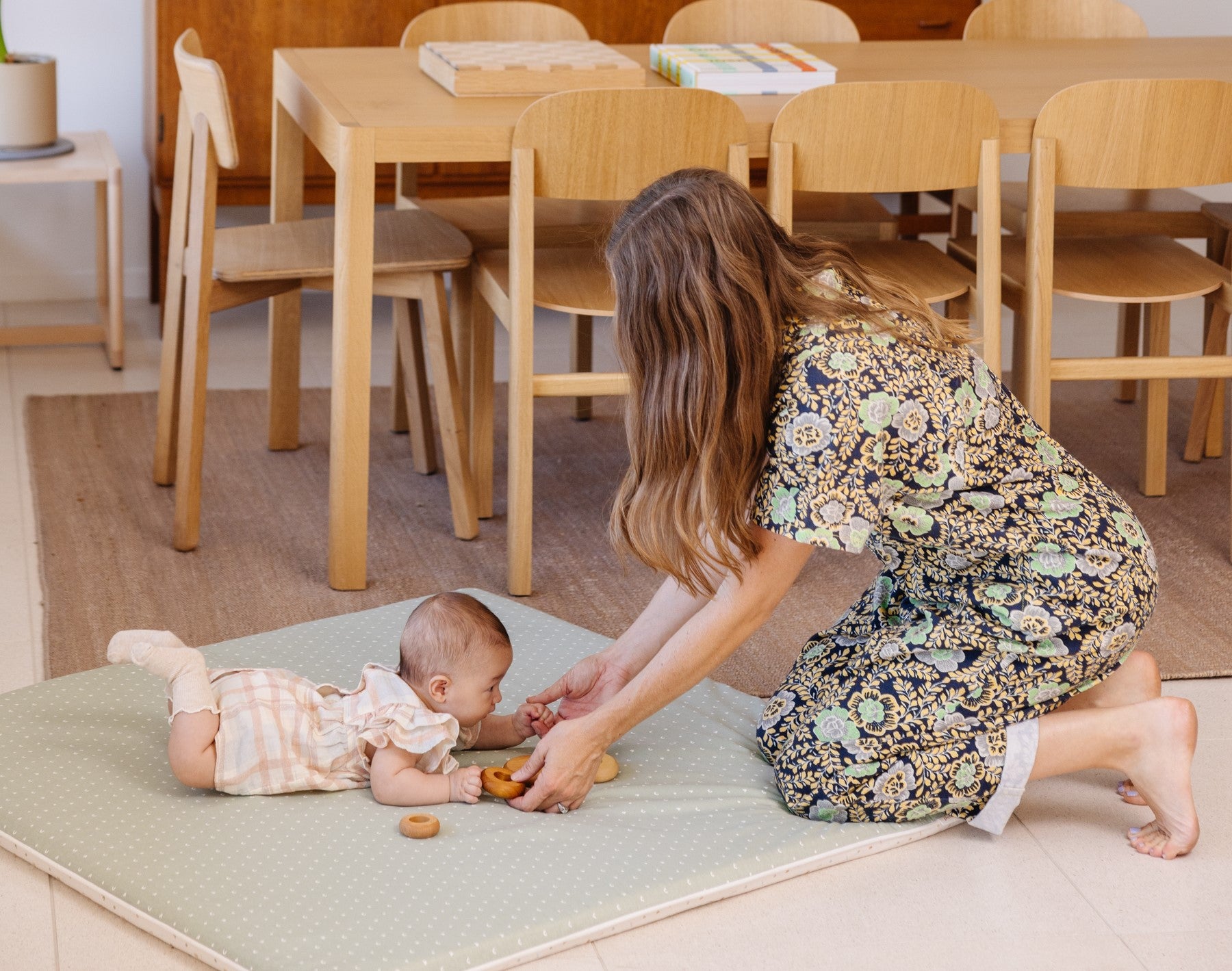

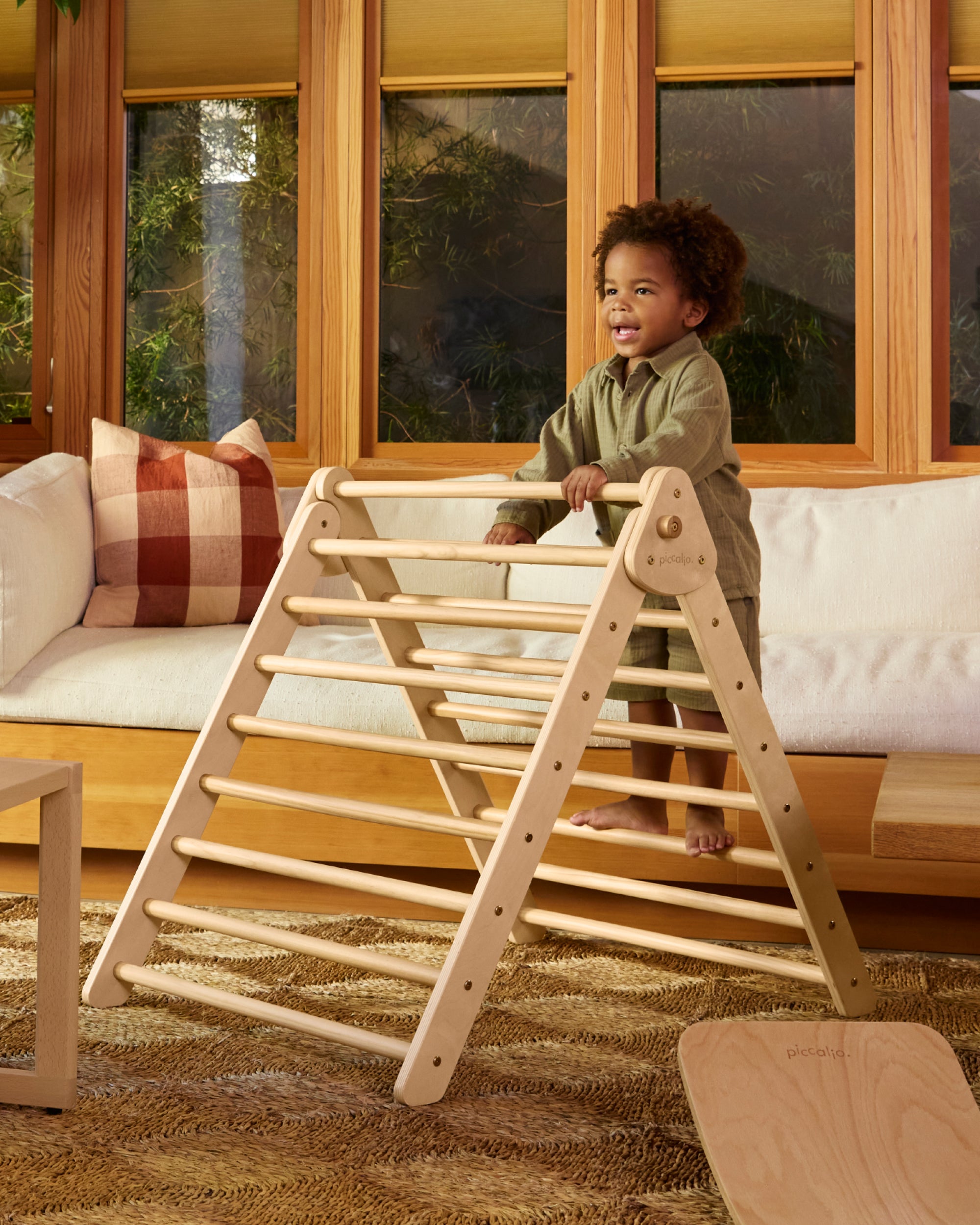
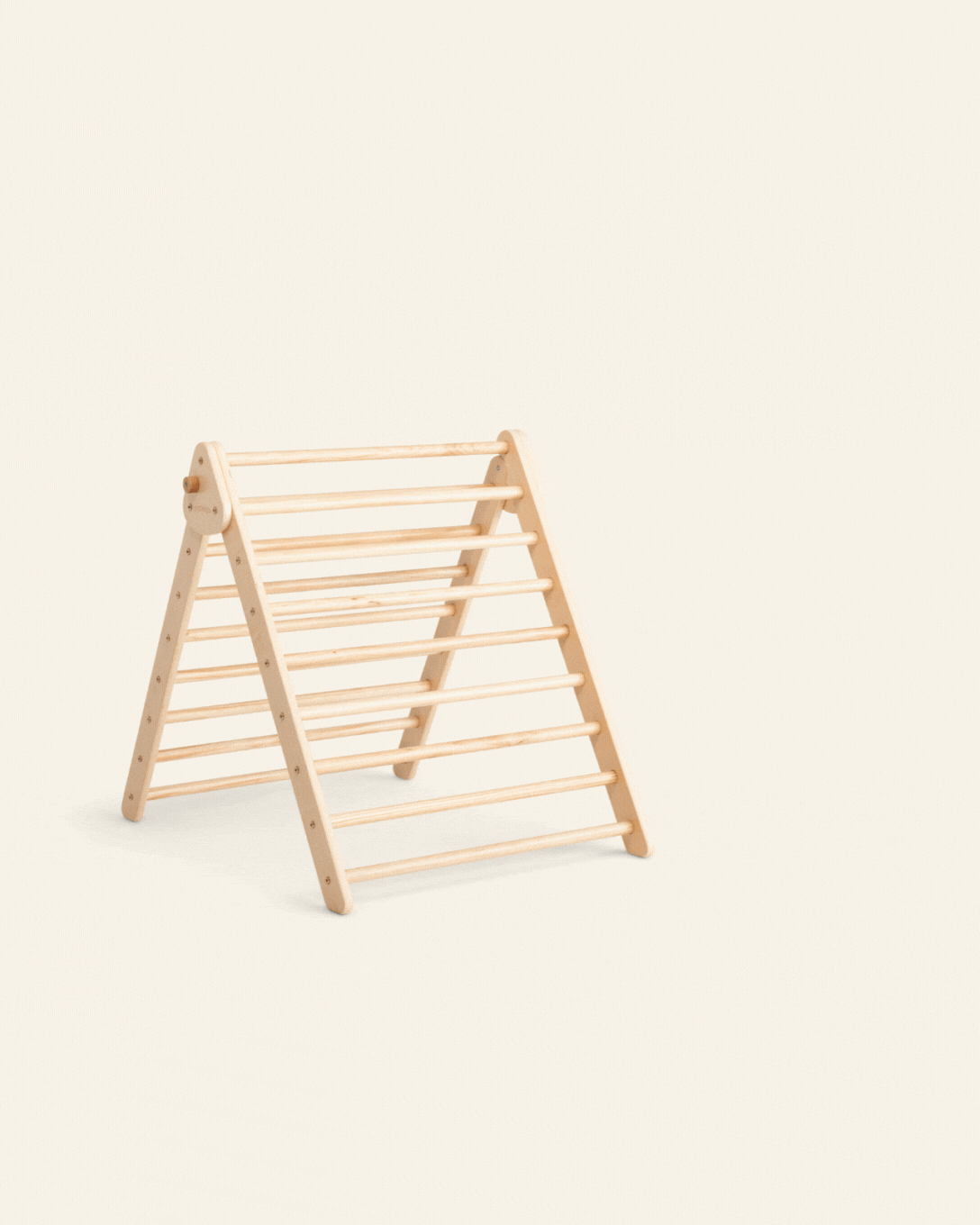
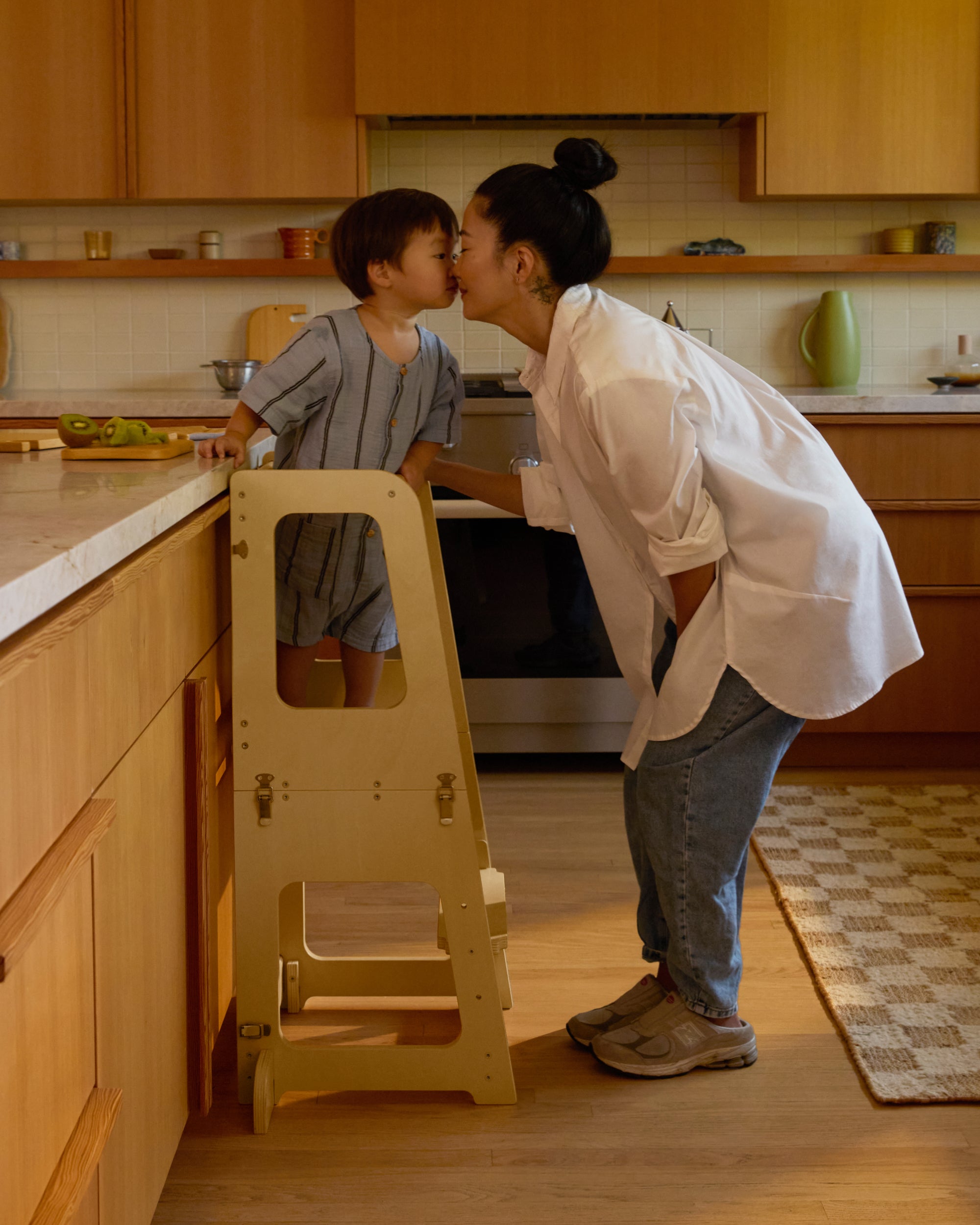

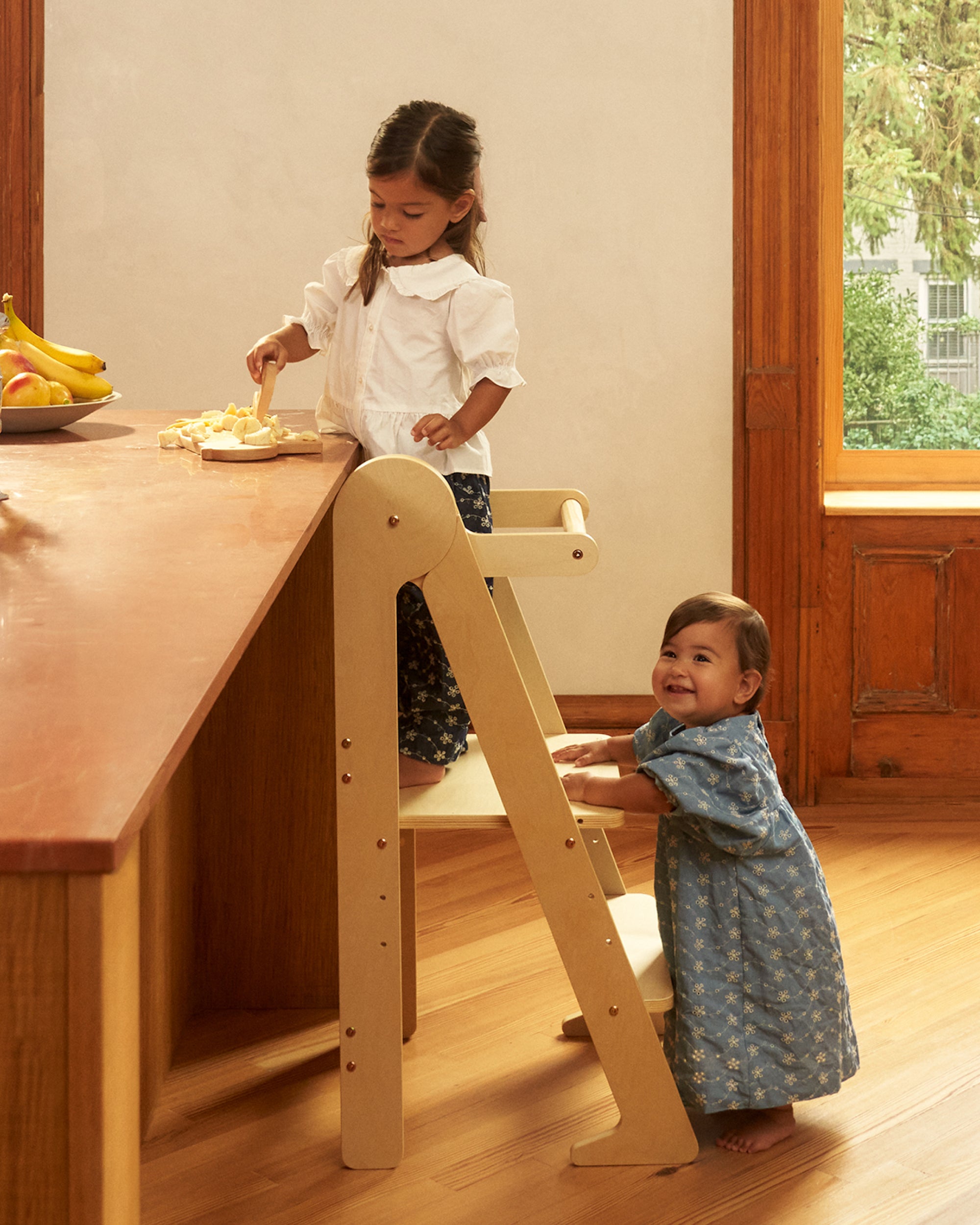

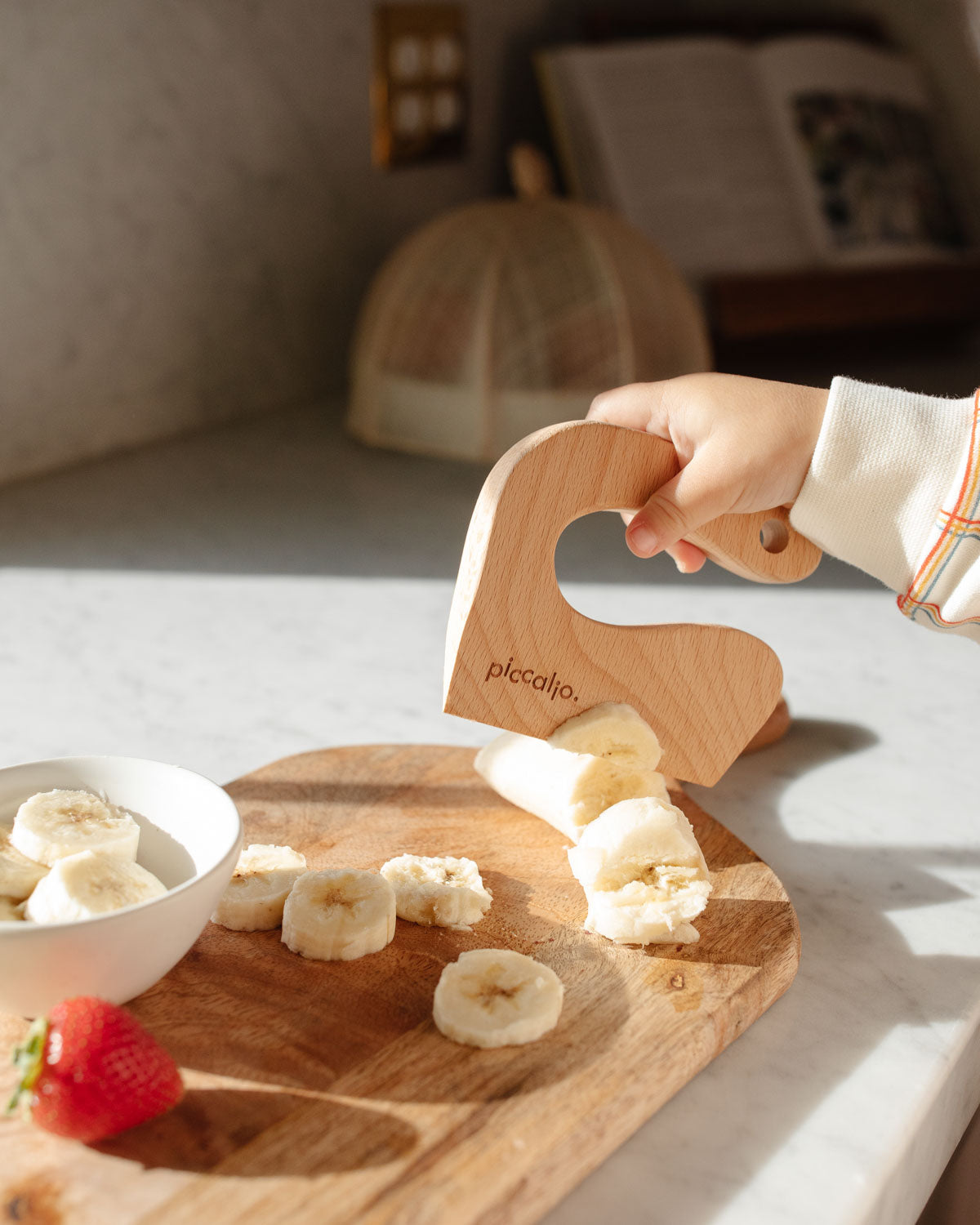

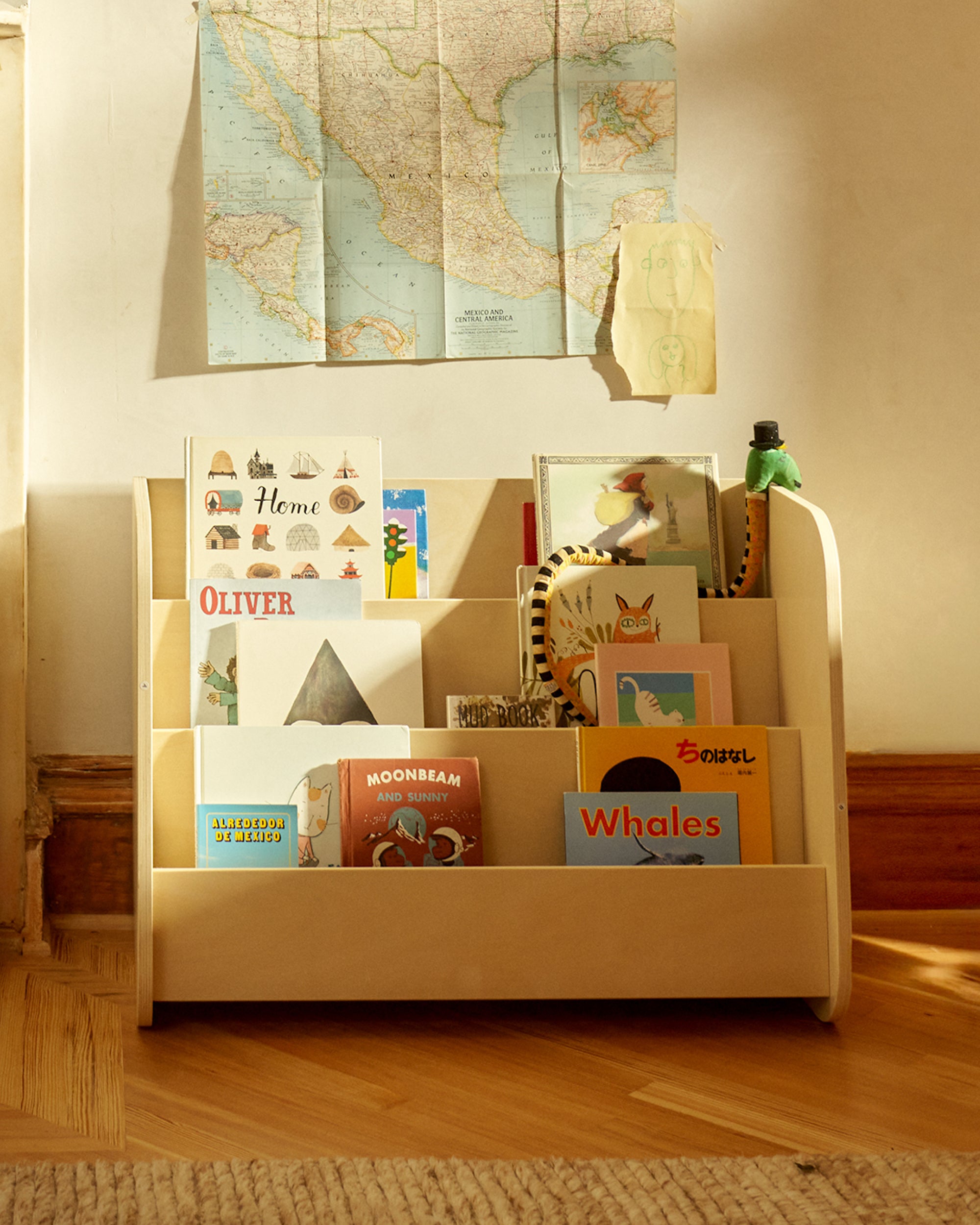
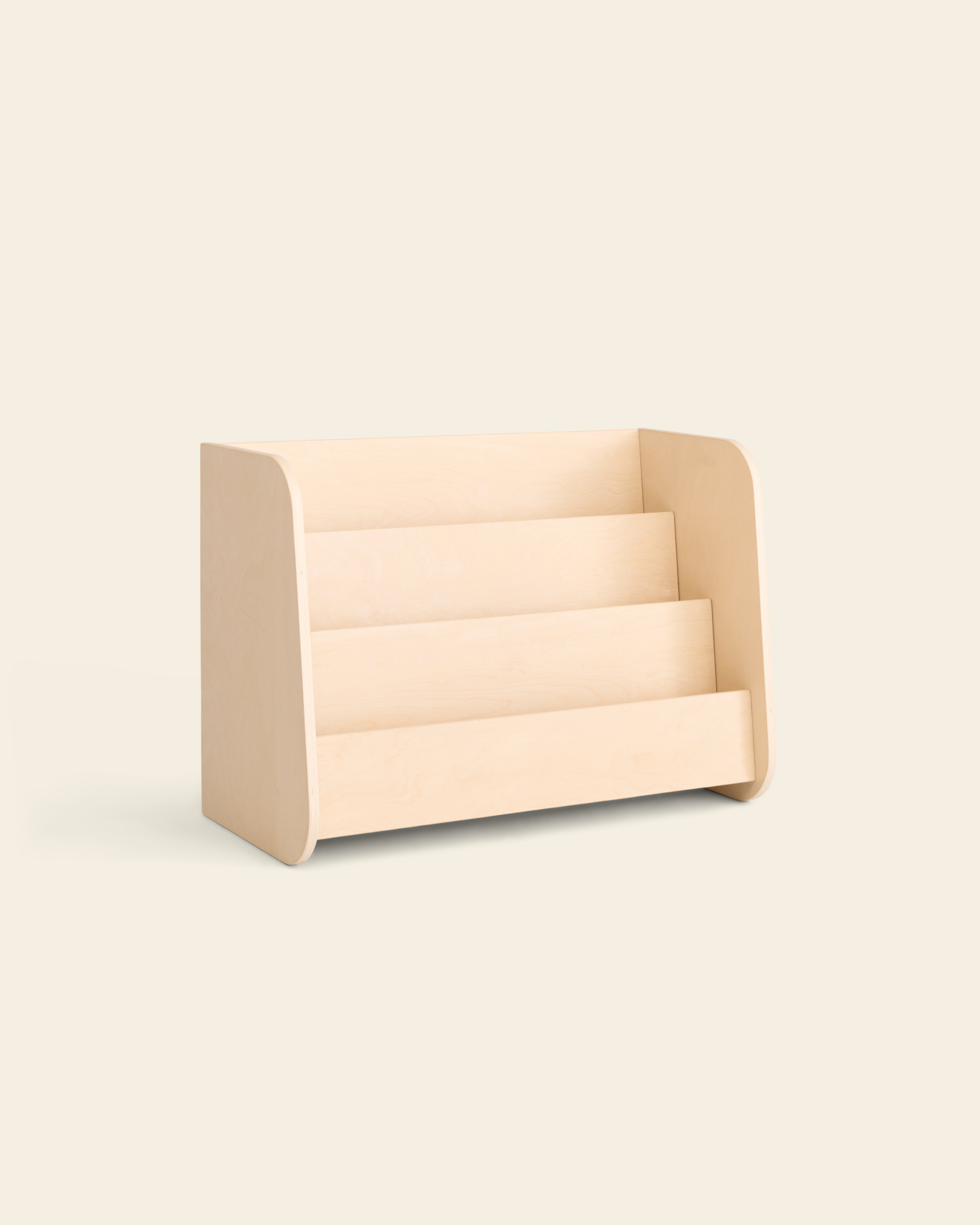
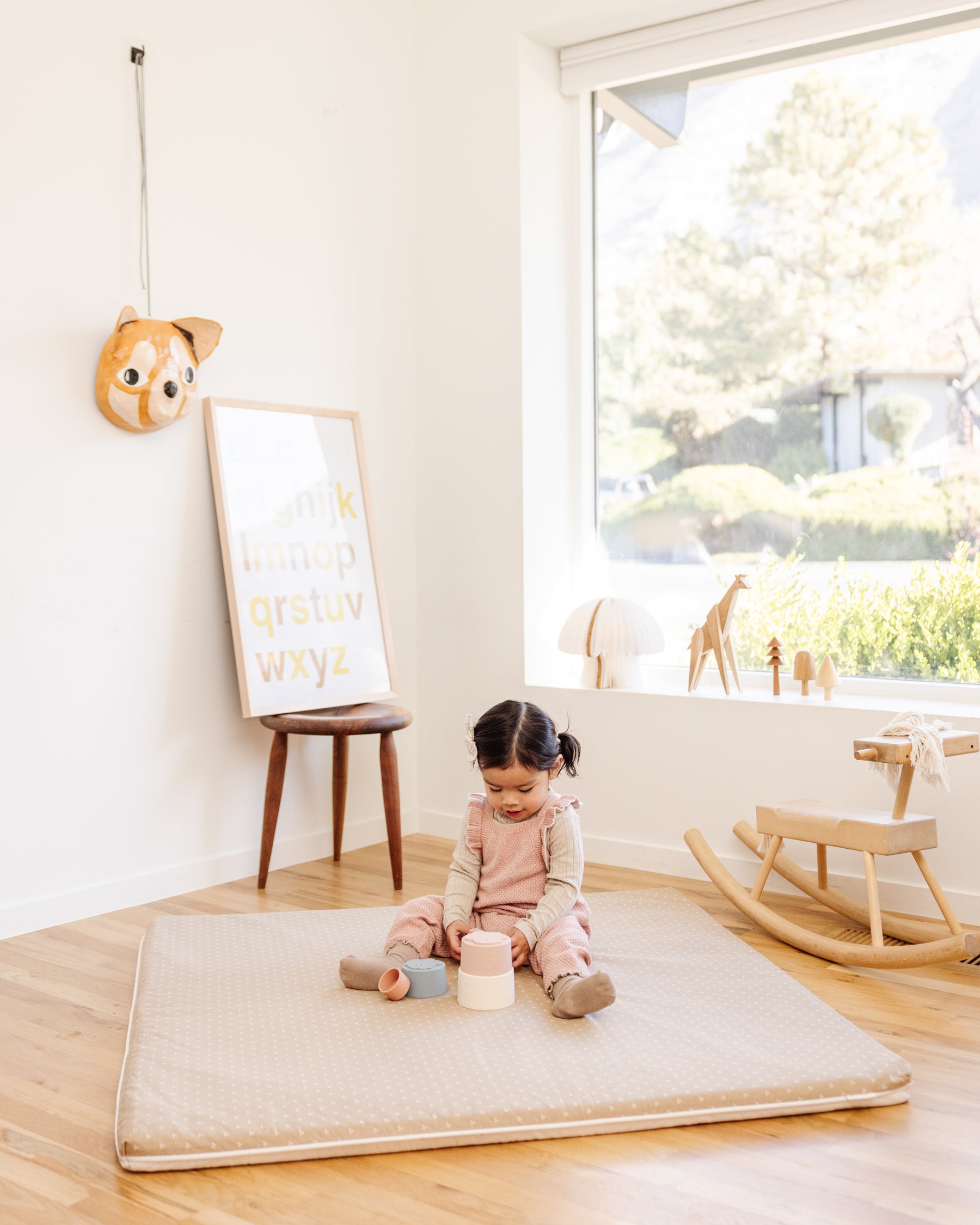
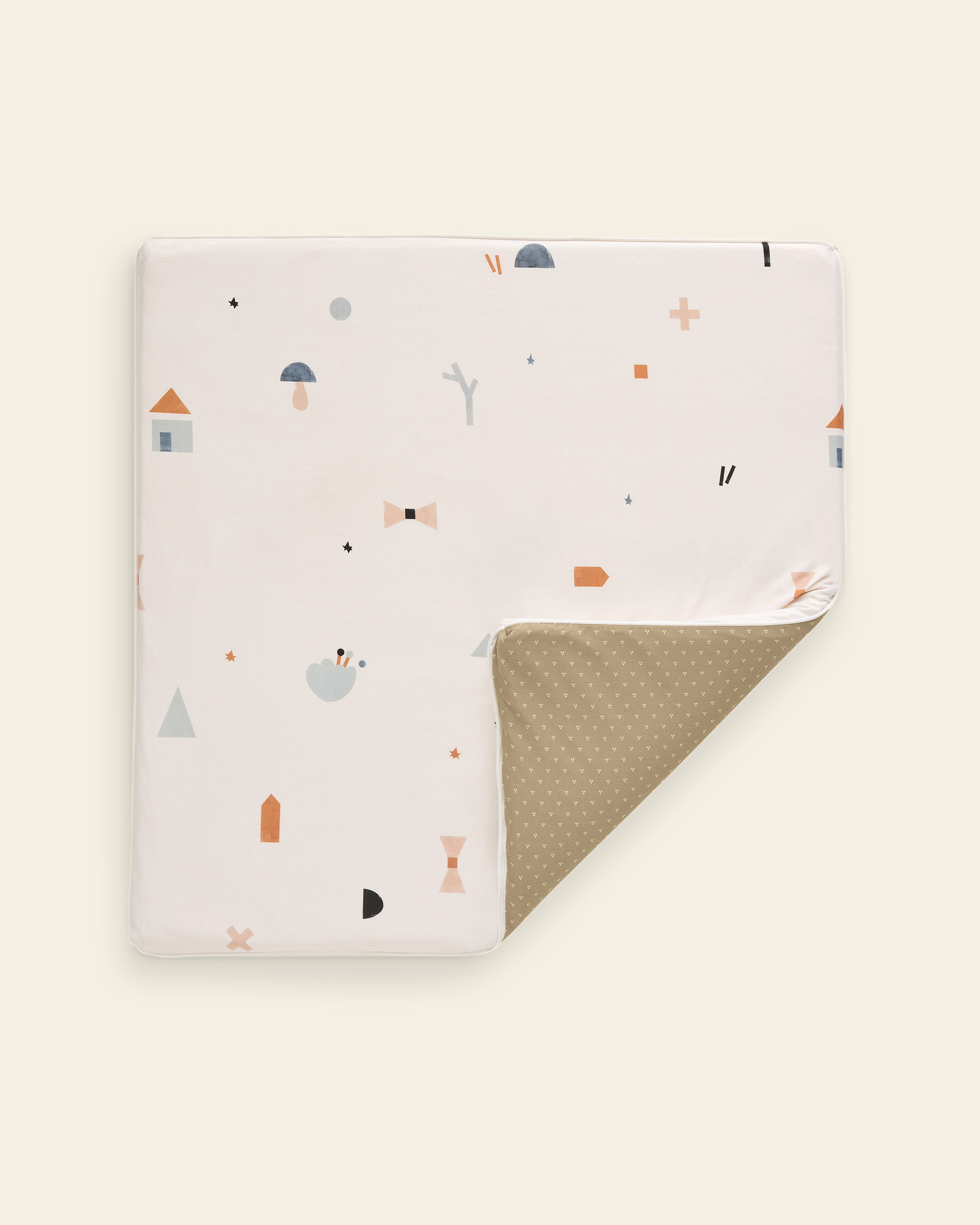

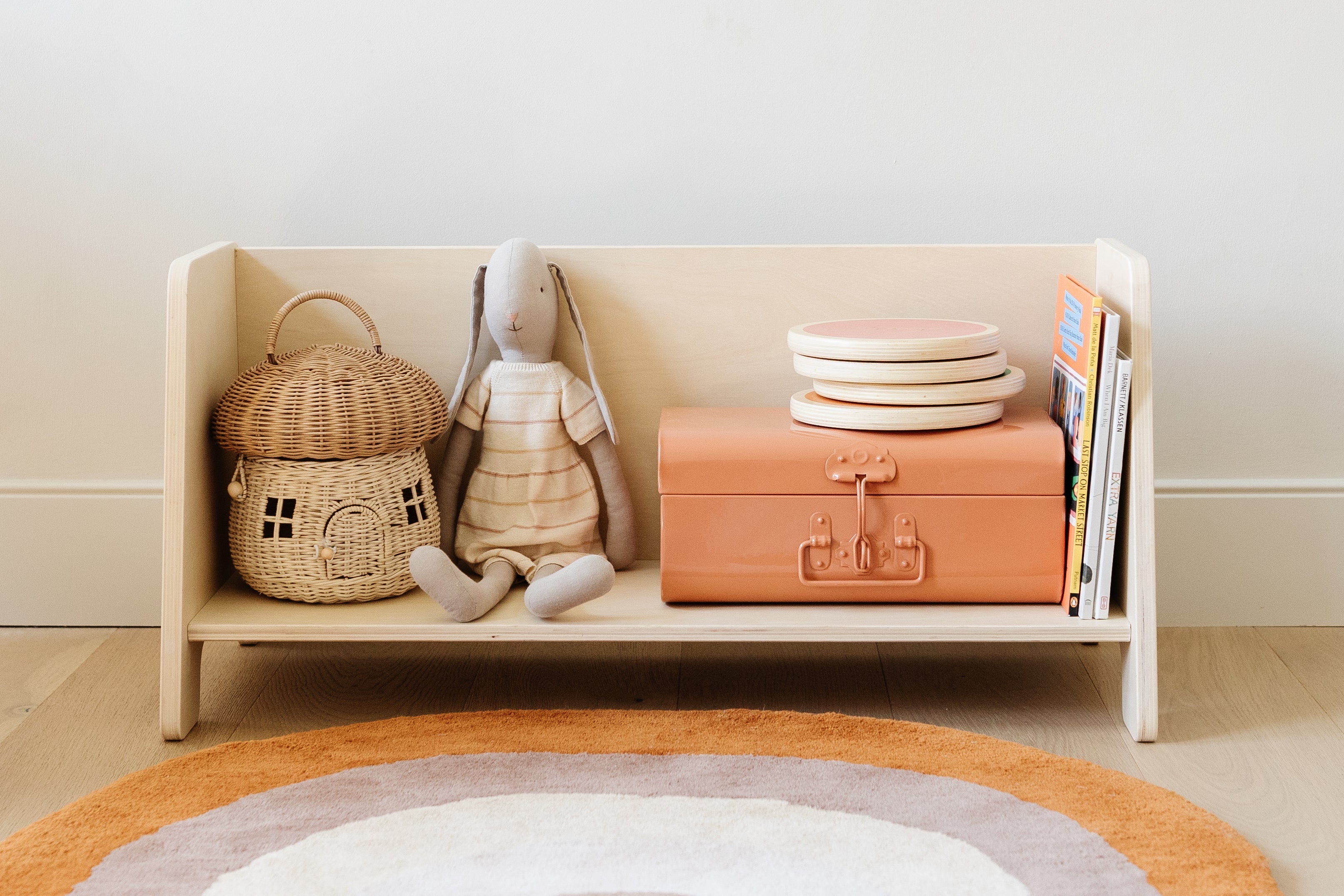
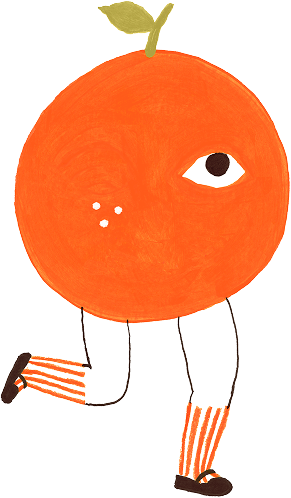

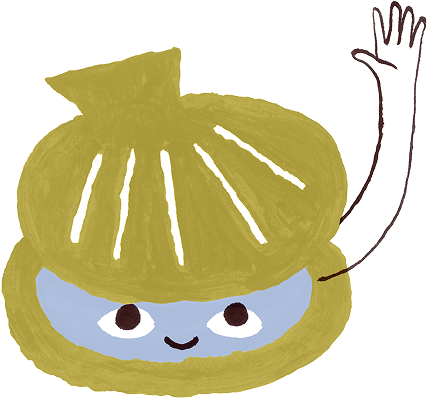
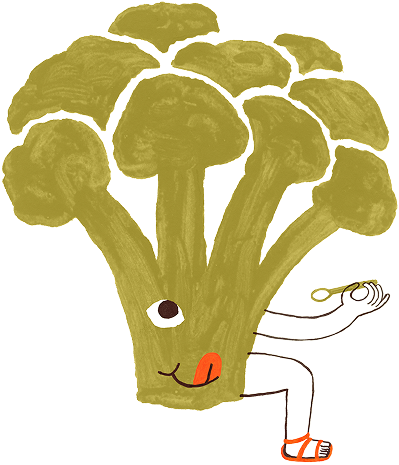
Leave a comment
This site is protected by hCaptcha and the hCaptcha Privacy Policy and Terms of Service apply.